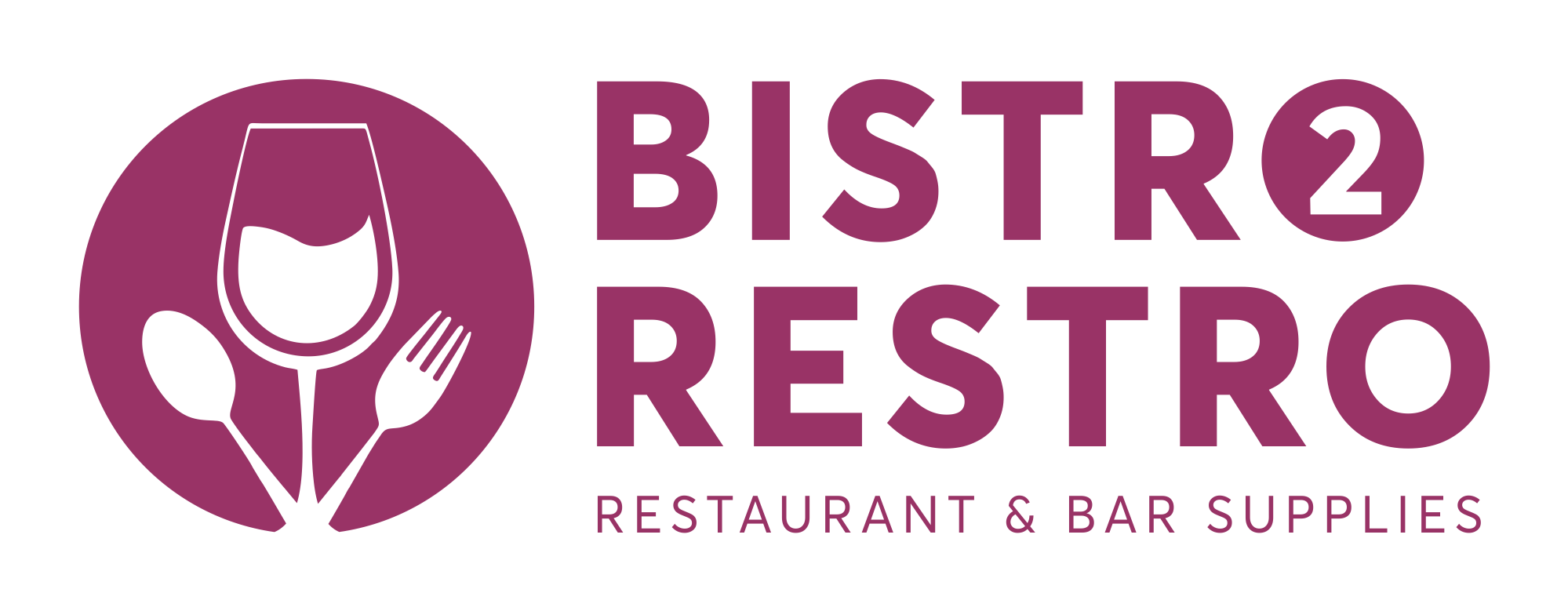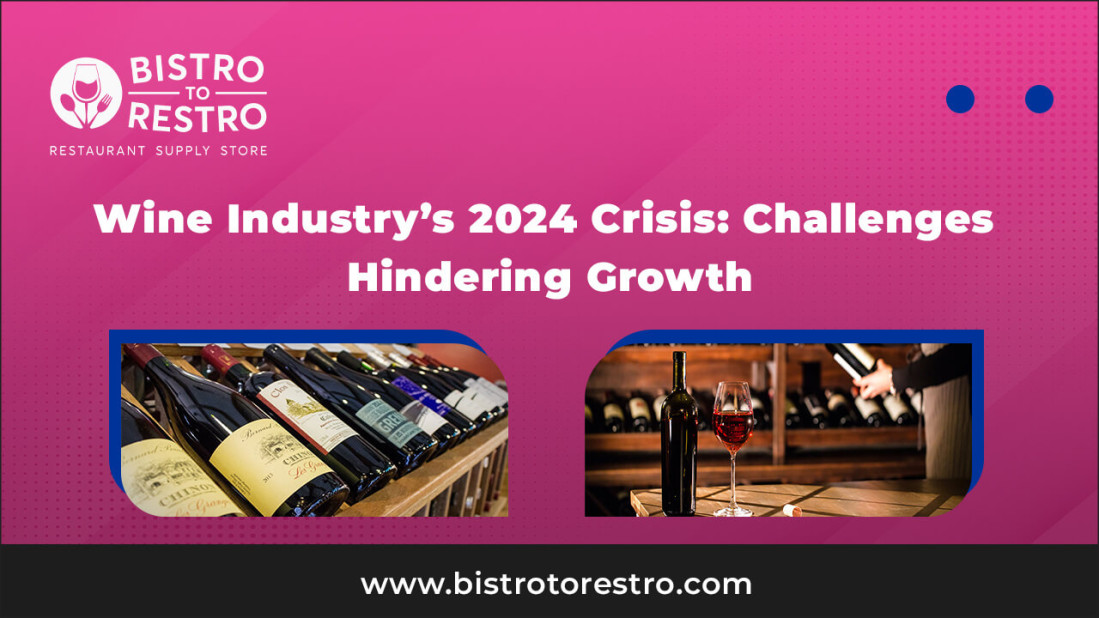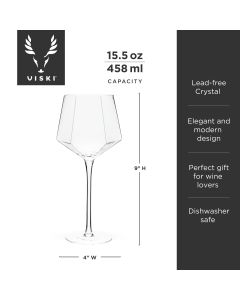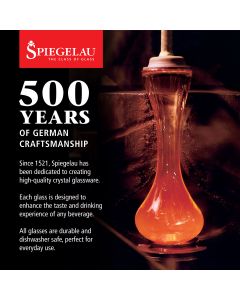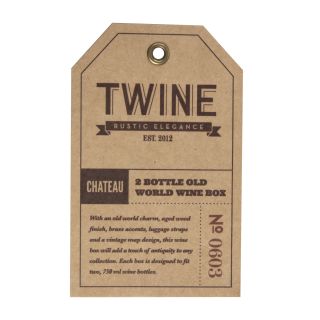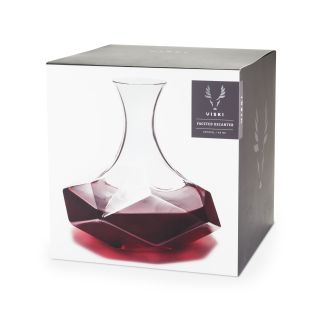The U.S. wine industry, historically powerful and a global leader, is up against major difficulties in 2024. The wine industry is encountering a number of concealed challenges, even as consumer appetite is robust, potentially slowing growth and changing established models. The wine sector in the U.S. is facing an important crossroads because of environmental pressures, emerging consumer preferences, and regulatory constraints. In this article, we will look at the varied challenges affecting the industry and potential avenues forward.
1. Climate Change: The Unforgiving Impact on Vineyards
The wine industry faces one of the most obvious and direct threats from climate change. As temperatures continue to soar, many of the United States' best wine regions, such as Napa Valley and Sonoma, are going through important changes that influence both the quality and yield of their grapes.
Drought and Wildfires: Devastating Effects
California, the source of more than 80% of wine in the U.S., has been especially hard-hit. During extended droughts, it has been hard to maintain vineyards, which has made water costs higher and led growers to pursue pricey solutions such as irrigation systems. Still, even more ruinous are the wildfires that have devastated much of the vicinity. The 2020 and 2021 wildfires caused 'smoke taint,' which made a lot of grapes unable to be used for wine production.
In 2024, first reports imply that wildfires may again endanger the harvest, jeopardizing the future of California wine. In order to protect their crops, wine growers are finding themselves under pressure to invest in improved fire-resistant vineyard structures, at a considerable financial outlay.
Shifting Growing Seasons
Climate change is changing the growing season for a number of U.S. wine regions. The prolonged influence of warm winters and hot summers on grape ripening is changing flavor profiles and reducing the quantity of yields. Vineyards in Oregon, which have usually experienced cooler climates, are having trouble adjusting to the rising temperatures that have modified their grape harvest schedules. This change has sparked worries about consistency, since changes in weather patterns can yield grapes with different properties every year, which in turn influences the overall quality of the wine.
2. Labor Shortages: The Workforce Crisis in Wine Production
The U.S. wine sector depends on labor-intensive methods and needs a skilled workforce for managing planting, harvesting, production, and marketing. In 2024, there is a serious labor shortage in the industry that threatens to upset operations at all levels of production.
Immigration Policies and Workforce Decline
In the U.S., a large fraction of those working in vineyards is immigrant labor, mainly from Mexico. In the last few years, the combination of more rigorous immigration policies and fewer agricultural workers looking for positions has created a labor shortage for vineyards. Growers in California are particularly struggling with this problem, as they have a hard time finding enough workers to manage their crops at peak harvest seasons.
Responding to the situation, a lot of vineyards are turning towards mechanization as a solution to ease the labor burden. Even though automated systems provide benefits, they are costly, and smaller, family-owned vineyards often find it hard to bear the investment. In turn, a number of growers have had to decrease their production size or deal with increased labor costs that reduce their narrow profit margins.
The Rise of Unionization
In addition to labor problems, there is a rising movement for unionization within the agricultural field. Vineyard workers are now asking for raised wages, superior working conditions, and improved benefits. While this movement is important for advancing the welfare of workers, it also raises the costs of production for wine producers, who are currently battling to keep profitability in a tough market.
Read on: Mastering the Art of Running a Successful Bar : A Comprehensive Guide
3. Changing Consumer Preferences: The Shift Away from Traditional Wines
By 2024, significant changes in American consumers' tastes over the last decade are bringing a new set of challenges to the wine industry. Wine has for a long time been a fixture of American dining and social events, but it is presently competing with a wide range of alternative beverages.
The Rise of Hard Seltzers and Craft Cocktails
One of the leading trends in the U.S. beverage industry is the increase of hard seltzers and craft cocktails. Millennials and Generation Z have been captivated by these alternatives, which are usually lower in alcohol and calories. Recent market research reveals that a lot of consumers in these demographics choose hard seltzers over traditional wine, mainly citing their refreshing taste, lower cost, and ease of drinking.
In answer to this trend, a number of wineries have begun experimenting with the production of seltzers and cocktails made from wine. Even though this tactic could potentially seize part of the market, it runs the risk of weakening the prestige and classic attractions of the wine category, connected for many years with luxury and fine dining.
Checkout these Different Types of Drinkware for Your Bar
Health and Wellness Trends
The rise of health and wellness consciousness is influencing wine consumption too. A lot of consumers are either abstaining from alcohol or choosing lower alcohol alternatives. In the last few years, the 'mindful drinking' movement, which champions moderation and non-alcoholic options, has seen substantial growth.
In response to this matter, wine producers are launching low-alcohol and alcohol-free wines, but the journey has not been free of difficulties. Due to the requirement of different production techniques and ingredients, consumers express skepticism about non-alcoholic wines, which are commonly assumed to be lacking in complexity and richness that traditional wines offer.
4. Regulatory Hurdles: Navigating the Complexities of U.S. Wine Laws
The U.S. wine industry is one of the most heavily regulated sectors in the country, and in 2024, the regulatory landscape is becoming even more challenging for wine producers.
Interstate Shipping Laws
One of the most significant issues facing the industry is the complexity of interstate shipping laws. While direct-to-consumer wine sales have grown in recent years, particularly during the COVID-19 pandemic, many states have strict regulations governing the shipment of alcohol across state lines. Some states require wineries to obtain special licenses or pay hefty fees to ship their products, creating a patchwork of rules that makes it difficult for smaller wineries to expand their customer base.
In 2024, several wine industry groups are lobbying for changes to these regulations, advocating for a more streamlined system that would make it easier for consumers to order wine online and have it delivered to their homes. However, progress has been slow, and many wineries continue to face legal and logistical barriers to selling their products across state lines.
Tax Increases and Tariffs
Another regulatory challenge comes in the form of taxes and tariffs. In 2024, several states are considering raising excise taxes on alcohol as a way to generate revenue. These tax increases would disproportionately affect the wine industry, particularly small and medium-sized producers who operate on thin margins.
Additionally, international trade policies have created uncertainties for U.S. wine producers who export their products. Tariffs on U.S. wine exports to countries like China and the European Union have reduced demand for American wine abroad, further limiting growth opportunities for domestic producers.
5. Supply Chain Disruptions: Bottlenecks in Wine Production
The global supply chain crisis that began during the COVID-19 pandemic continues to impact the wine industry in 2024. While the immediate effects of the pandemic have subsided, ongoing disruptions to the supply chain are causing delays and increasing costs for wine producers.
Glass Bottle Shortages
One of the most pressing issues is the shortage of glass bottles. Many U.S. wineries import their bottles from overseas, but supply chain bottlenecks have led to delays in shipments and increased prices. Some producers have resorted to using alternative packaging, such as cans or boxed wine, but these options are not always suitable for premium products and can alter consumer perceptions.
Rising Costs of Raw Materials
In addition to glass shortages, wine producers are facing rising costs for other essential materials, such as corks, labels, and packaging. Inflation and transportation delays have driven up the prices of these items, forcing wineries to either absorb the costs or pass them on to consumers. Given the competitive nature of the wine market, many producers are reluctant to raise prices, fearing that it could drive consumers toward cheaper alternatives.
6. The Path Forward: Innovation and Adaptation
Despite the challenges facing the U.S. wine industry in 2024, there are opportunities for growth and innovation. Wineries that are willing to adapt to changing market conditions and invest in new technologies are better positioned to weather the current crisis.
Sustainability Initiatives
One area of opportunity is sustainability. As consumers become more environmentally conscious, many wineries are adopting sustainable practices to reduce their environmental impact. Organic and biodynamic farming methods, water conservation efforts, and renewable energy investments are becoming increasingly common. These initiatives not only help protect the environment but also resonate with consumers who are willing to pay a premium for eco-friendly products.
Embracing Technology
Technology is also playing a critical role in the industry's future. From precision agriculture that helps optimize grape yields to blockchain technology that ensures the authenticity of wine products, wineries are leveraging cutting-edge tools to enhance their operations. Additionally, digital marketing strategies, such as social media and e-commerce platforms, are helping wineries reach new audiences and build direct relationships with consumers.
Diversification of Product Offerings
To stay competitive, many wineries are diversifying their product offerings. In addition to producing traditional wines, some are exploring new categories such as wine-based cocktails, canned wines, and non-alcoholic options. By catering to a broader range of consumer preferences, wineries can tap into emerging markets and mitigate the impact of shifting consumer trends.
At BistrotoRestro, we understand the challenges facing the wine industry in 2024, and we're here to ensure your bar is equipped to meet evolving demands. Our premium collection of wine accessories, including aerators, decanters, wine stoppers, and corkscrews, is designed to enhance the wine experience for your customers.
Conclusion
The U.S. wine industry is facing a perfect storm of challenges in 2024. From climate change and labor shortages to shifting consumer preferences and regulatory hurdles, the road ahead is fraught with difficulties. However, by embracing innovation, sustainability, and diversification, the industry can adapt and thrive in the face of adversity. The wineries that successfully navigate these challenges will be those that are willing to evolve with the changing landscape while maintaining their commitment to quality and tradition.
FAQs
How are U.S. wineries adapting to water scarcity caused by climate change?
Many wineries are investing in advanced irrigation systems, drought-resistant grape varieties, and water recycling technologies to combat water shortages.
What role does technology play in solving labor shortages in the wine industry?
Wineries are increasingly adopting mechanized harvesters, automated bottling systems, and AI-driven vineyard management to reduce dependency on manual labor.
Are there any federal efforts to streamline wine shipping regulations?
While there are ongoing lobbying efforts, no significant federal changes have been made yet. Wineries still navigate a complex patchwork of state-by-state shipping laws.
How are smaller U.S. wineries dealing with rising production costs?
Smaller wineries are diversifying products, forming cooperatives to share resources, or focusing on direct-to-consumer sales to cut costs and increase margins.
